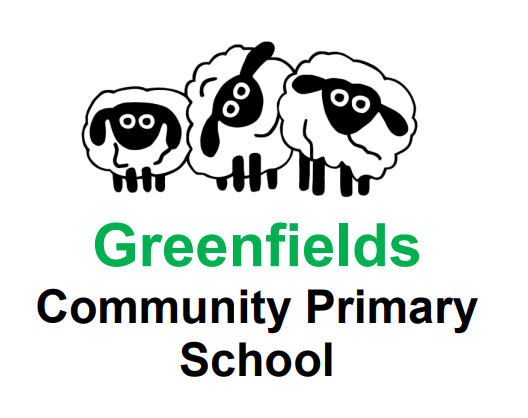Phonics
At Greenfields, we are committed to inspiring a love of reading and reading for pleasure at school. We aim to instil enthusiasm for reading in every child in school and that, through this love of reading, they will have the opportunity to explore the world and broaden their imaginations. As a key life skill, we are dedicated to supporting our children to become lifelong readers. A key step to developing lifelong reading is through effective teaching of Phonics throughout the Early Years and Key Stage One.
‘Phonics is a body of knowledge that is necessary for pupils to learn to read and spell, at whatever age.’ Reading Framework – DFE, 2023
Through daily, systematic and consistent high-quality teaching, children are able to develop a string phonemic awareness to decode and blend phonemes in order to read. It teaches children how to crack the alphabetic code and then use this to read and write.



At Greenfields, we have implemented the Phonic Shed scheme as it allows multisensory and engaging content that is accessible to all students. Children engage in daily phonics lessons where they meet a new character, learn a new action to help their memories, explore a new song and story, which will help them to recall their learning. To find out more about Phonics Shed please click on the image below to be taken to the main page.
By choosing the Phonics Shed scheme, it means that we can develop the phonics skills of children, whilst ensuring that there is a smooth transition to applying the sounds learnt in spelling rules, as we already used Spelling Shed within KS2.
We use decodable reading books that link to the sounds taught during reading lessons within the school day. The children have access to these through the Phonics Shed log in that they have been provided. We also supplement these with the Collins Big Cat books to ensure that the children have access to a range of appropriate text types. Through the use of our libraries, we promote reading for pleasure and children are supported when choosing books to ensure that they are appropriate to their phonetic knowledge, whilst offering them a level of challenge.


The children start their Phonics journey within our nursery setting, where they will be introduced to the main character that is used throughout the scheme. Their journey will continue through the Early Years and Key Stage 1 in preparation for the Phonics Screening. After the screening, the children’s knowledge and application skills are continued by learning alternative pronunciation and spelling rules in Year 2. The scheme is also accessed by those who require additional Phonics support in KS2.
Phonics Workshops
Parents have had the opportunities to attend workshops that have been run by staff members to build upon their understanding and knowledge of what Phonics is, and why it is so important. During these workshops, parents were given information about what their children were learning. They were invited into classrooms to spend some time with their children, immersing themselves in a range of different activities, similar to the ones that children experience daily. The uptake of attendance was impressive, and the workshop has been offered again this year to parents that are new Early Years.



How can I support my child?
There’s a handy parent and carer guide here too, to give you more information about Phonics.
There is also a useful document showing all the GPCs that you can refer back to, so you are able to discuss and remind the children of the sounds by using the characters' names and actions when they are sounding out words whilst reading.
GPC Character Overview Document
Talk, Talk,Talk!
As a parent, you are the model of good speaking and listening. Regularly introduce new words (vocabulary). For example, for the word big you could also introduce large, huge, or enormous. Encourage them to say the word too. This is not about reading the words but about your child hearing and saying them.
Model blending
Start off using just the speech sounds and then immediately say the word. For example, At the shop I will buy a… /m/ /a/ /p/ – map, a /b/ /e/ /d/ – bed, a /d/ /u/ /ck/ – duck. Encourage your child to join in with you after you have this modelled for them. Then say the sounds and ask your child to say the whole word.
Practising and reading with your child every day
Even if it’s just for 10 minutes! Read their school library book with them and talk about what they’ve heard or read for themselves. Re-read books so that they build up their bank of stories and texts that they know well.
Help children to practise saying the sounds correctly
There’s a short video here to help with how to pronounce the sounds.
Praise and praise again!
Children will be more engaged with encouragement and praise and will learn much faster.

